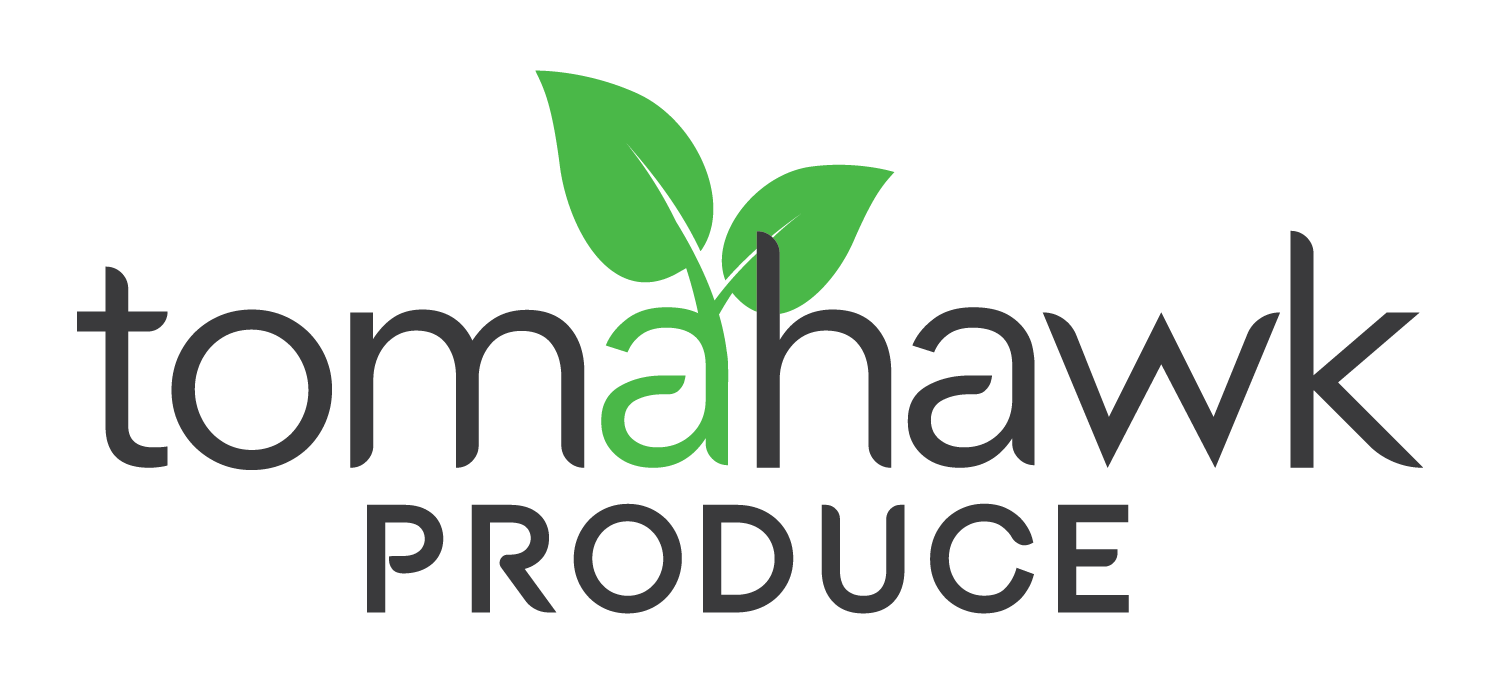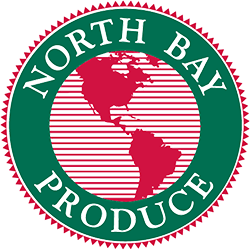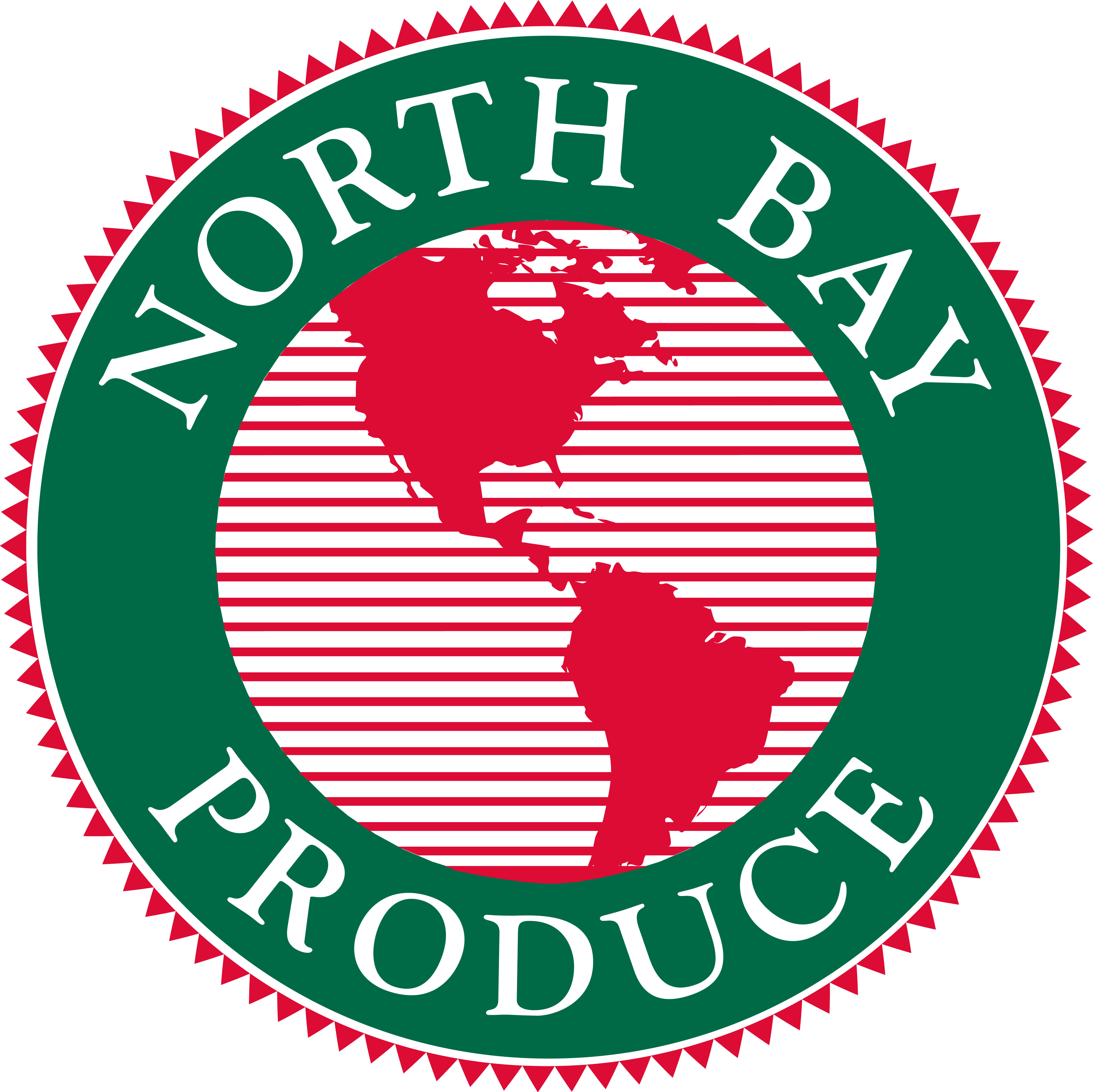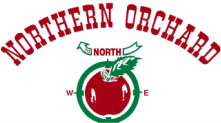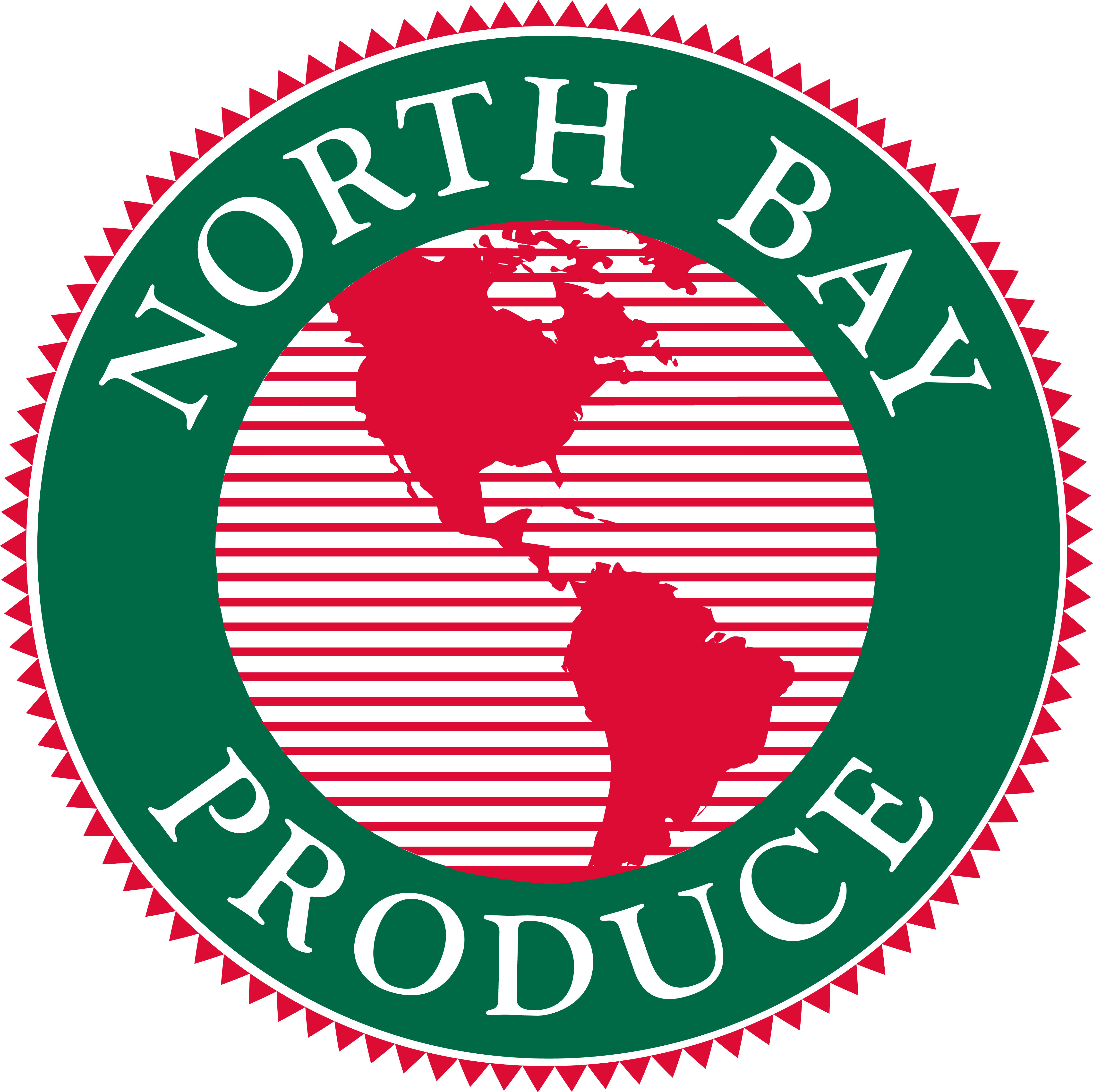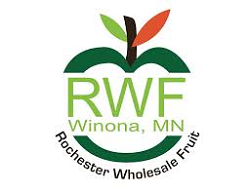Sabrina Thakkar, farm to family director for the California Association of Food Banks, says she’s seen about a 20% to 30% increase in demand with the 42 partner food banks it supports due to delays in Supplemental Nutrition Assistance Program (SNAP) and those affected by the government shutdown.
The California Association of Food Banks also supports a broader network of more than 5,000 food banks, pantries and community-based organizations around the state.
Last year the California Association of Food Banks shipped about 250 million pounds of fresh produce, and Thakkar says she anticipates it’ll be closer to 300 million pounds of fresh produce this year.
“Sometimes a farmer may call us and say: ‘I have four truckloads of mandarins or bok choy and can you move them really quick because I think it’s going to go bad?’ We’ll move them as fast as we can,” she says. “We work with our own carriers that we have through the years, and they’ve done food banking and they understand it. And they give us really good rates to do that on the same day as well. So, just with excess that we might have, we’ll move it to our neighboring states across the country as well.”
Thakkar says retailers across the state, too, help play a critical role in supporting local food banks.
“I was visiting Yuba Center, and they had amazing partnerships together where the store manager is contacting the food banks daily, if not weekly, where they have scheduled pickups,” she says. “They go in there, the trucks get loaded, and then they’re back to the food banks.”
And while she says it’s a challenging time, it is also when the community comes together.
Thakkar says the California Association of Food Banks works with more than 200 growers, packinghouses and cooling houses to help move product quickly. Instead of growers paying to hold produce at a cooler if an order is canceled, they’re able to connect with the California Association of Food Banks to move food quickly.
“With SNAP benefits being delayed, a lot of that money isn’t being generated in the stores, which then translates to farmers not getting those orders in and not getting more orders,” she says. “We’re that outlet.”
Increased Need
Thakkar says she’s seen an increase in food bank visits from military households, especially at the San Louis Obispo and Santa Maria food banks, TSA workers and prison guards. She says food banks have been ordering more food, communicating where those in need can go to get food and asking for donations as well to help support these increased efforts.
“It’s become difficult, but not impossible,” she says, adding it’s not unlike other natural disasters where food banks and pantries have to mobilize to help.
There are 5.5 million people who rely on CalFresh, Thakkar says, which is the California’s SNAP program. Imperial and Tulare counties have the highest populations enrolled in CalFresh, where she says one in four residents use the program. Of those CalFresh recipients statewide, about 57% are children under the age of 5 and seniors. There is also a high possibility that those waiting for SNAP funds use other means to pay for food, and that could have an unintended ripple effect.
“If they’re not going to the food banks, then they’re taking that money to buy groceries from another bucket,” she says. “So once this delay ends, and they get their CalFresh funds, they’ll be able to go and get the food, but then they’ll have to pay back all the buckets that they borrowed from, so I don’t see this ending once that’s funded. I do see this going a little further.”
How to Help
Thakkar says growers can contact the California Association of Food Banks or their local food bank to move any fresh produce.
“You can count and trust us to handle your produce,” she says “Making sure the community gets it and there are a lot of tax benefits for growers to do that. We try to make sure that we’re very vocal about it, because there’s a lot of growers that don’t take advantage of it.”
Most importantly, Thakkar says, because there is a continuous need out there.
She adds there’s also a potential opportunity for local food banks to glean, as many have gleaning programs to help prevent more food waste.
Anyone interested in getting involved should contact their local food bank to volunteer, as the need is so great right now, she says, and of course, food banks need monetary donations, too, as most can negotiate a lower cost to the food bank and help stretch dollars. These local food banks and pantries understand the demographics of the communities.
“It’s that personal touch that each food bank has and knows their agencies and their pantries and what they need,” she says. “They’re very customized to everybody’s needs. They take care of what they want and what they need.”
Thakkar says the advocacy team at the California Association of Food Banks also uses those donations to help support an emergency response fund.
“These funds will help purchase food, secure essentials, supplies, strengthen staff to meet surge demands, because we are seeing an increase, about a 20% to 30% increase in every food bank right now,” she says. “It’s unbelievable to see.”
But Thakkar says it’s so rewarding to see how growers, retailers and community members step up to the plate to meet this ever-growing need.
“It is a lot of hard work, but it’s very rewarding at the end of the day to see the community come together to help each other,” she says. “Our mission is to end hunger in California as an association, and I think it takes everybody to do it.”


